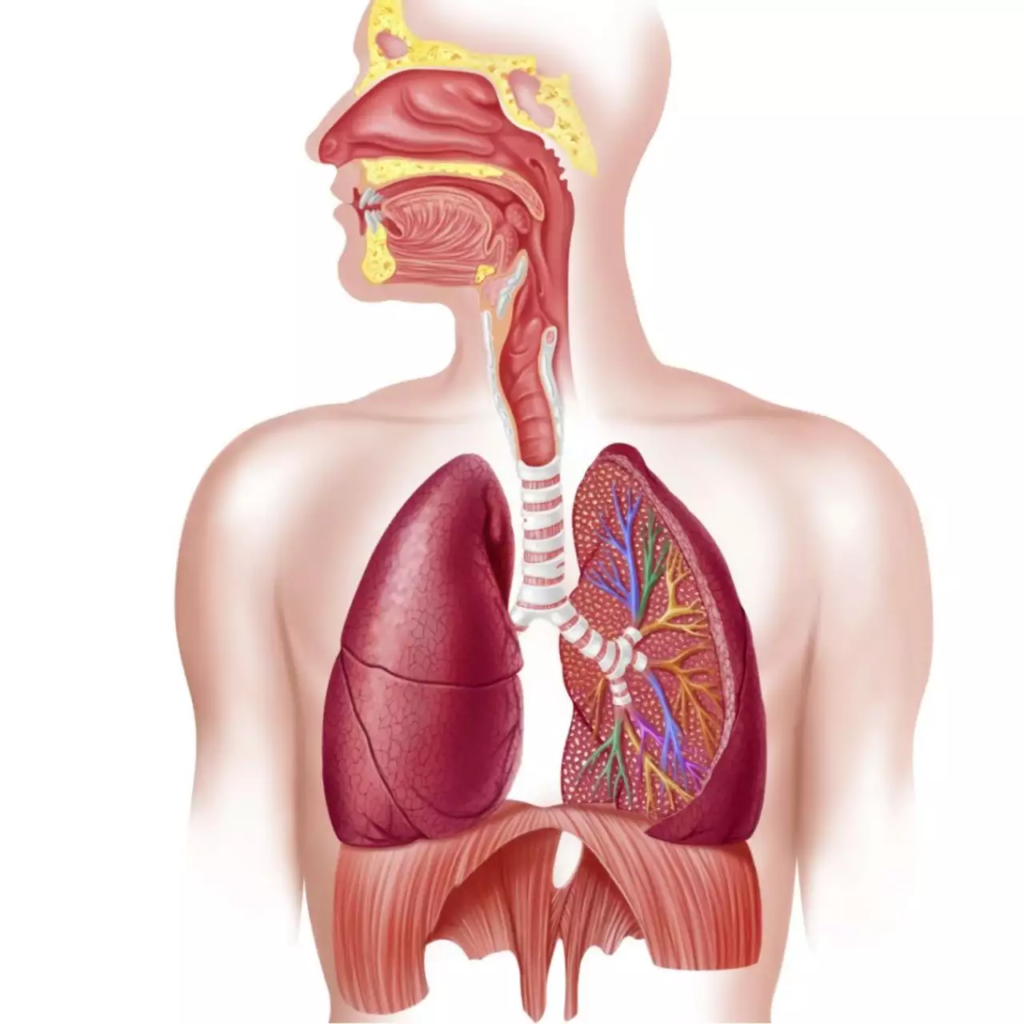GDA Nursing Class Notes 31
ORGAN

•An organ is a structure within an organism that is composed of different types of tissues working together to perform a specific function.
An organ is a distinct and specialized structure within a multicellular organism that performs a specific function or set of functions. Organs are composed of different types of tissues that work together to carry out particular tasks necessary for the overall functioning and survival of the organism.
A few examples of organs in the human body:
•Heart: The heart is a muscular organ that pumps blood throughout the circulatory system, delivering oxygen and nutrients to cells and removing waste products.

•Lungs: Lungs are responsible for the exchange of gases (oxygen and carbon dioxide) between the bloodstream and the external environment. They enable the process of respiration.

•Liver: The liver is involved in various functions such as detoxification, metabolism of nutrients, production of bile for digestion, and storage of glycogen

•Brain: The brain is the central organ of the nervous system. It controls and coordinates various bodily functions, processes sensory information, and allows for complex cognitive activities.
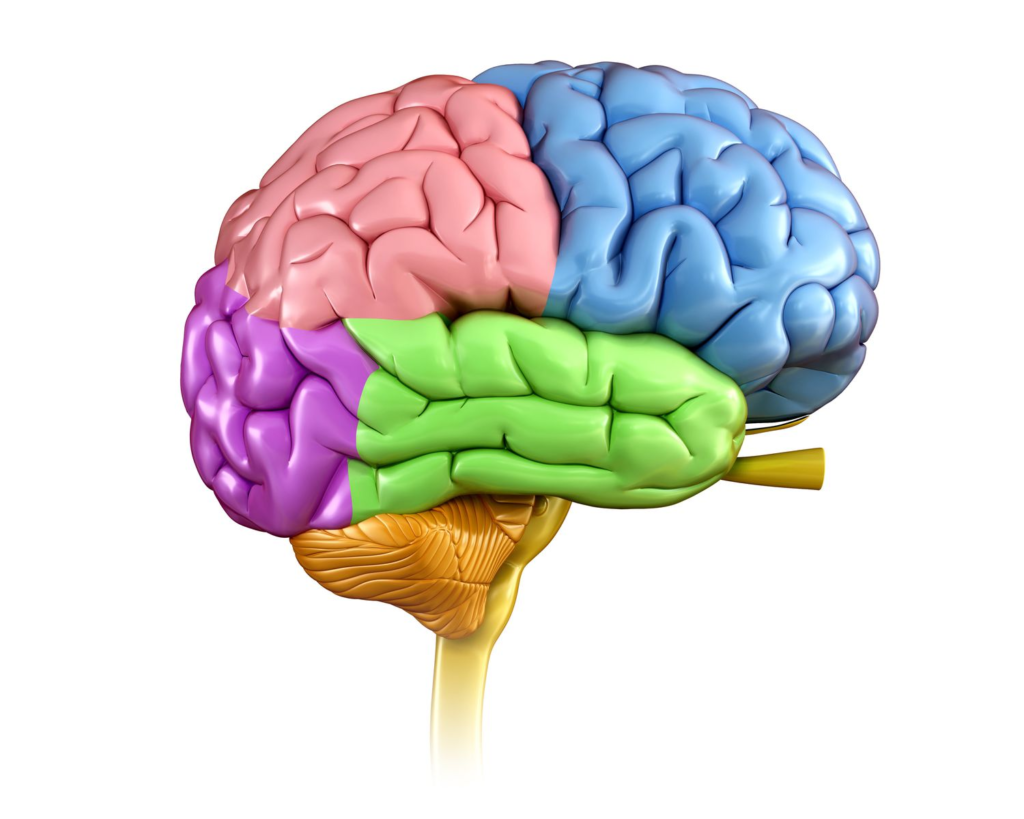
•Kidneys: The kidneys filter blood to remove waste products and excess fluids, maintaining the body’s fluid and electrolyte balance. They also play a role in regulating blood pressure and producing hormones.
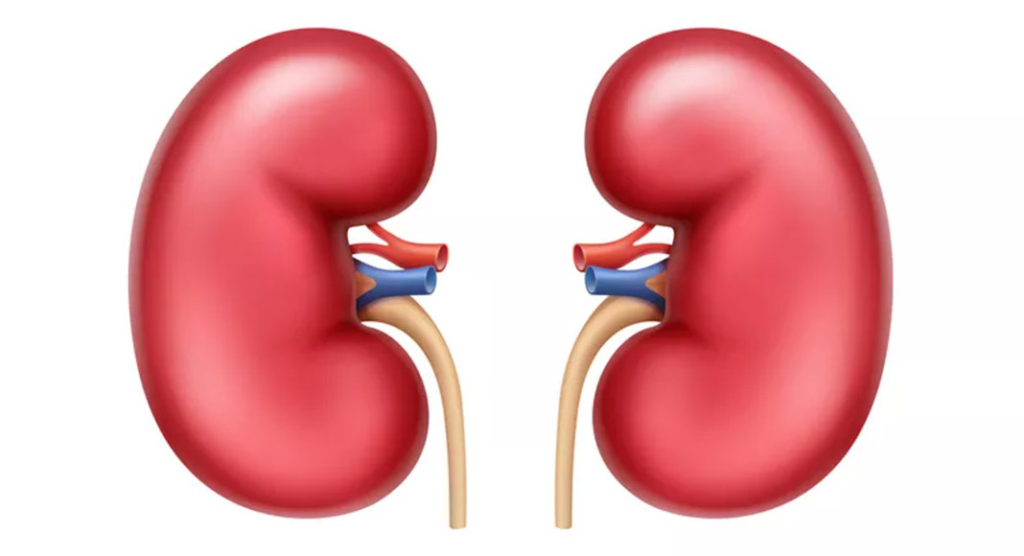
•Stomach: The stomach is part of the digestive system and plays a role in breaking down food through mechanical and chemical digestion.

•Skin: The skin is the body’s largest organ and acts as a protective barrier, regulating temperature, sensation, and preventing water loss.
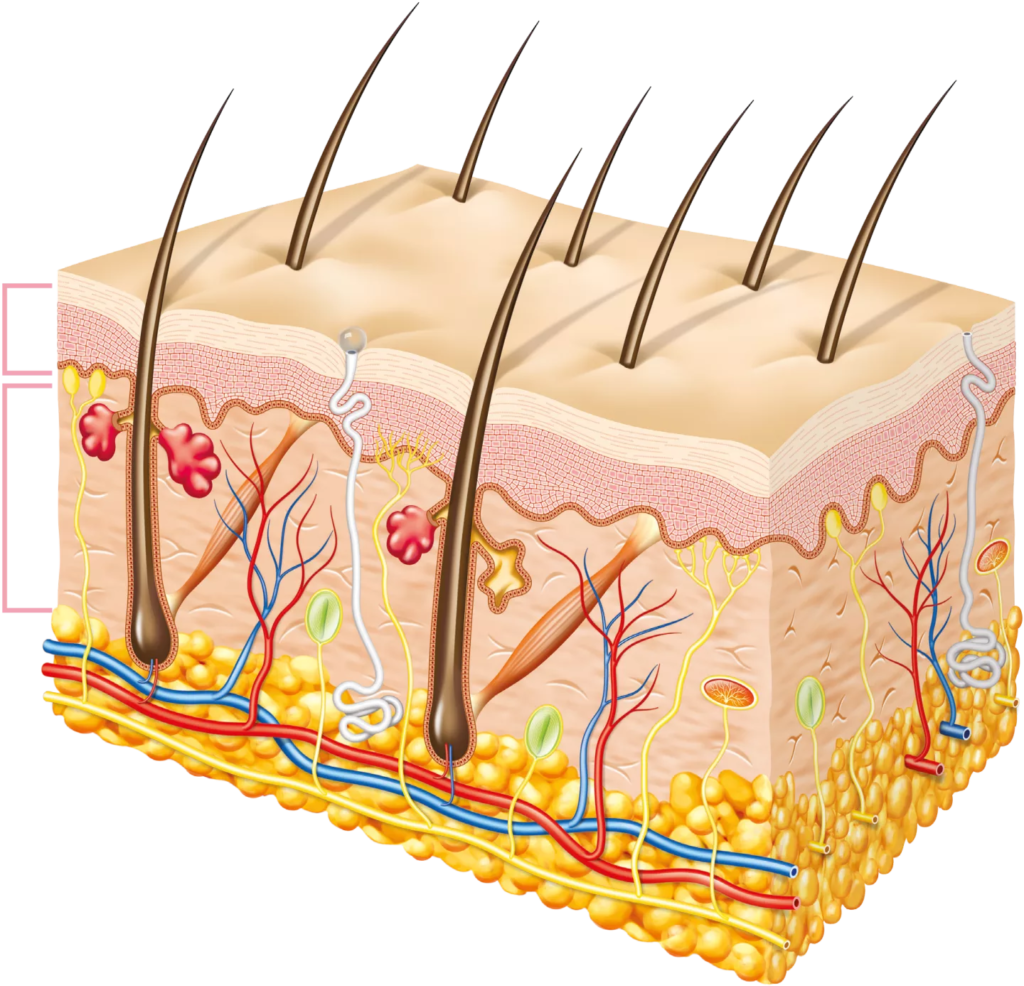
•Pancreas: The pancreas produces digestive enzymes to break down food in the intestines and also releases hormones like insulin to regulate blood sugar levels.
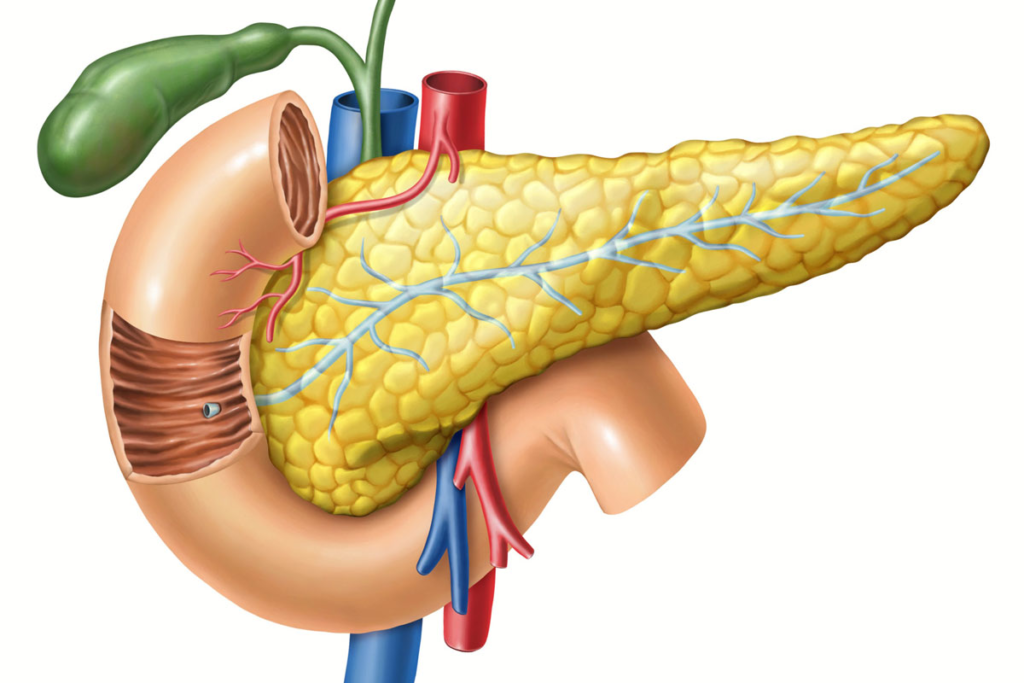
•Intestines: The intestines (small and large) are involved in further digestion and absorption of nutrients, as well as water and electrolyte balance
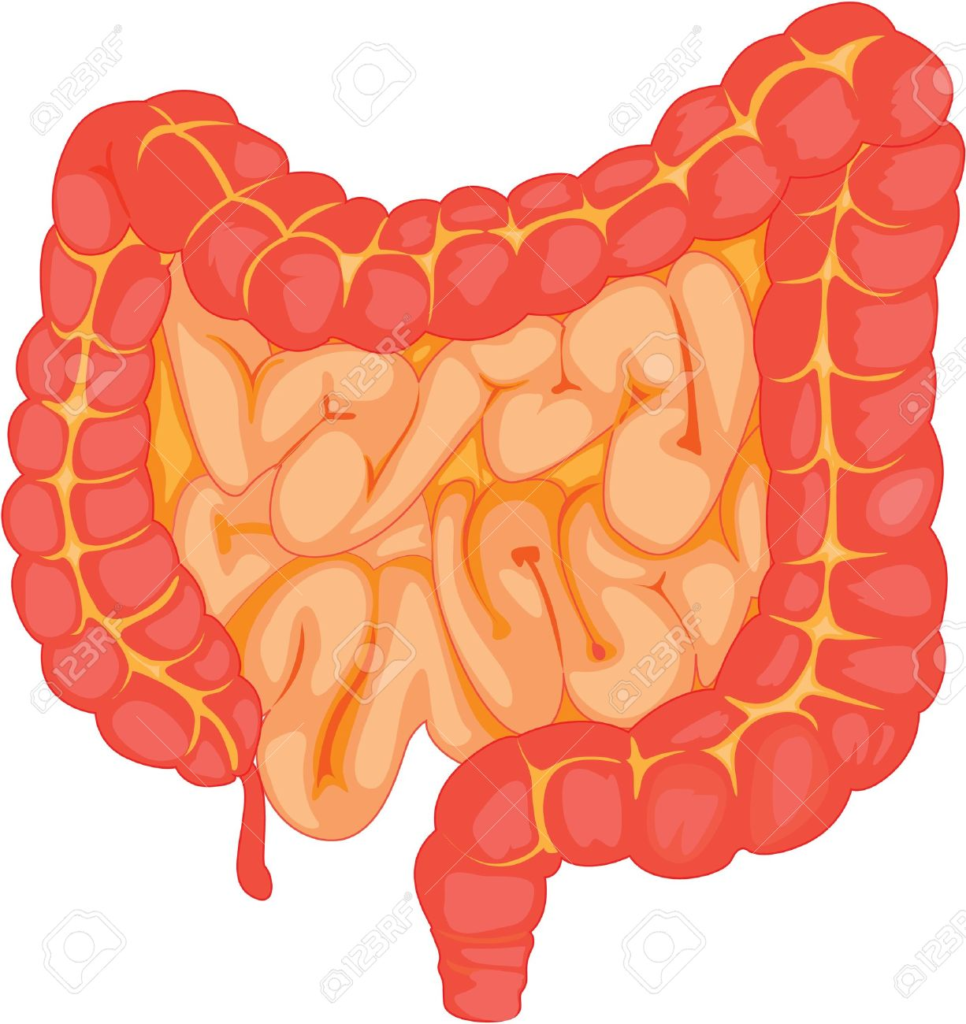
ORGAN SYSTEM
•An organ system is a group of organs that work together to perform a specific set of functions that are vital for the overall survival and functioning of an organism.

•Cardiovascular System:
–Organs: Heart, blood vessels
–Function: Circulates blood throughout the body, delivering oxygen, nutrients, and hormones to cells, and removing waste products.

•Respiratory System:
–Organs: Lungs, trachea, bronchi
–Function: Facilitates the exchange of gases (oxygen and carbon dioxide) between the body and the external environment through breathing.
